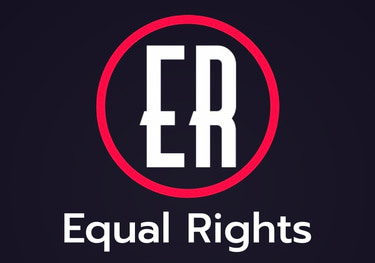Insufficient child care has profound implications for public spending,
with governments often needing to allocate more resources to social services and welfare programs to support families facing financial instability
Kylo B
7/28/2024
Insufficient child care has profound implications for public spending, with governments often needing to allocate more resources to social services and welfare programs to support families facing financial instability. On the flip side, investments in child care can offer significant long-term economic benefits by enhancing workforce participation and promoting healthy child development. Here’s a detailed exploration of these dynamics:
Increased Public Spending on Social Services and Welfare Programs:
Financial Assistance Programs:
Unemployment Benefits: Parents, especially mothers, who leave the workforce due to inadequate child care often require unemployment benefits. This increases the strain on government-funded unemployment insurance programs.
Income Support: Families struggling financially may turn to income support programs such as Temporary Assistance for Needy Families (TANF) or Supplemental Security Income (SSI) to make ends meet.
Housing Assistance: Inadequate child care can lead to job loss or reduced income, making it difficult for families to afford housing. This can increase the demand for public housing and housing vouchers.
Healthcare Costs:
Mental Health Services: Financial stress and the challenges of managing child care can lead to mental health issues, increasing the demand for publicly funded mental health services.
Medical Assistance: Economic instability can result in poorer health outcomes, requiring greater use of Medicaid or other public health programs.
Food Assistance Programs:
Families experiencing financial instability due to child care issues are more likely to need assistance from programs like the Supplemental Nutrition Assistance Program (SNAP) or the Women, Infants, and Children (WIC) program.
Child Protective Services:
In extreme cases, inadequate child care can lead to neglect or unsafe conditions, increasing the need for intervention by child protective services. This not only has a human cost but also requires significant public resources.
Long-term Economic Benefits of Investing in Child Care:
Enhanced Workforce Participation:
Increased Labor Supply: Affordable, high-quality child care enables more parents, particularly mothers, to enter or remain in the workforce. This increases the overall labor supply and enhances economic productivity.
Reduced Absenteeism: Reliable child care reduces absenteeism among working parents, contributing to greater workplace stability and efficiency.
Higher Earnings and Tax Revenues:
Increased Earnings: Parents who can work more hours or pursue higher-paying jobs due to reliable child care contribute more to the economy through their increased earnings.
Higher Tax Revenues: Greater workforce participation and higher earnings translate into increased tax revenues from income taxes, payroll taxes, and sales taxes.
Child Development and Future Economic Contributions:
Early Childhood Education: Quality child care often includes educational components that promote early childhood development. Children who receive high-quality early education are more likely to succeed academically, attain higher levels of education, and secure well-paying jobs in the future.
Reduced Long-term Social Costs: Investing in early childhood education and care reduces the likelihood of future social costs associated with poor education outcomes, such as higher dropout rates, unemployment, and reliance on social services.
Case Studies and Examples:
Quebec’s Child Care Program:
Quebec’s universal, low-cost child care program has significantly increased maternal labor force participation. The increased tax revenues from working mothers have more than offset the cost of the program, demonstrating the economic benefits of investing in child care.
The Perry Preschool Project:
This long-term study of a high-quality preschool program for disadvantaged children showed that participants had higher earnings, better academic outcomes, and lower rates of criminal behavior. The economic benefits, including increased earnings and reduced social costs, far exceeded the costs of the program.
Norway’s Child Care System:
Norway’s extensive child care system supports high female labor force participation and contributes to gender equality. The investment in child care has been shown to pay off through higher tax revenues and lower social service costs.
Broader Social Implications:
Reduction in Poverty Rates:
Accessible and affordable child care helps lift families out of poverty by enabling parents to work and earn a stable income. This has a cascading effect, reducing the overall demand for public assistance programs.
Improvement in Child Well-being:
Children in high-quality child care programs receive better nutrition, socialization, and educational opportunities, leading to improved well-being and long-term health outcomes.
Social and Economic Equity:
Investment in child care contributes to greater social and economic equity by providing all children, regardless of their family’s economic status, with a strong start in life. This helps bridge the gap between different socioeconomic groups.
Insufficient child care leads to increased public spending on social services and welfare programs as families grapple with financial instability. Conversely, investing in child care yields substantial long-term economic benefits by supporting workforce participation, increasing tax revenues, and promoting child development. Such investments not only reduce the immediate need for public assistance but also contribute to a more equitable and productive society. Prioritizing child care as a critical component of economic and social policy can create a more stable and prosperous future for families and communities.
